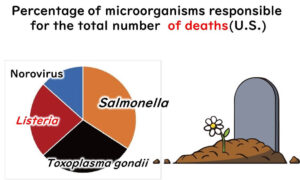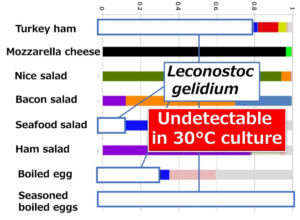The measurement of aerobic plate counts is divided into two methods: the AOAC method used in the United States (35°C for 48 hours) and the ISO method used in the EU (30°C for 72 hours). The ISO method uses a lower incubation temperature for a longer duration compared to the US method. This approach is intended to detect cold-tolerant bacteria more effectively, as discussed in a previous article. However, even the ISO method is insufficient for detecting all cold-tolerant microorganisms. How effectively does the ISO method for aerobic plate count testing detect cold-tolerant bacteria and spoilage lactic acid bacteria?
Overlooked Cold Spoilage Bacteria
Even with the ISO method's incubation temperature of 30°C, there remain cold-tolerant bacteria that cannot grow at this relatively high temperature. Numerous individual food studies have reported such cases. However, comprehensive investigations into the prevalence of these cold-tolerant bacteria in commercially available chilled foods within the EU have been limited.
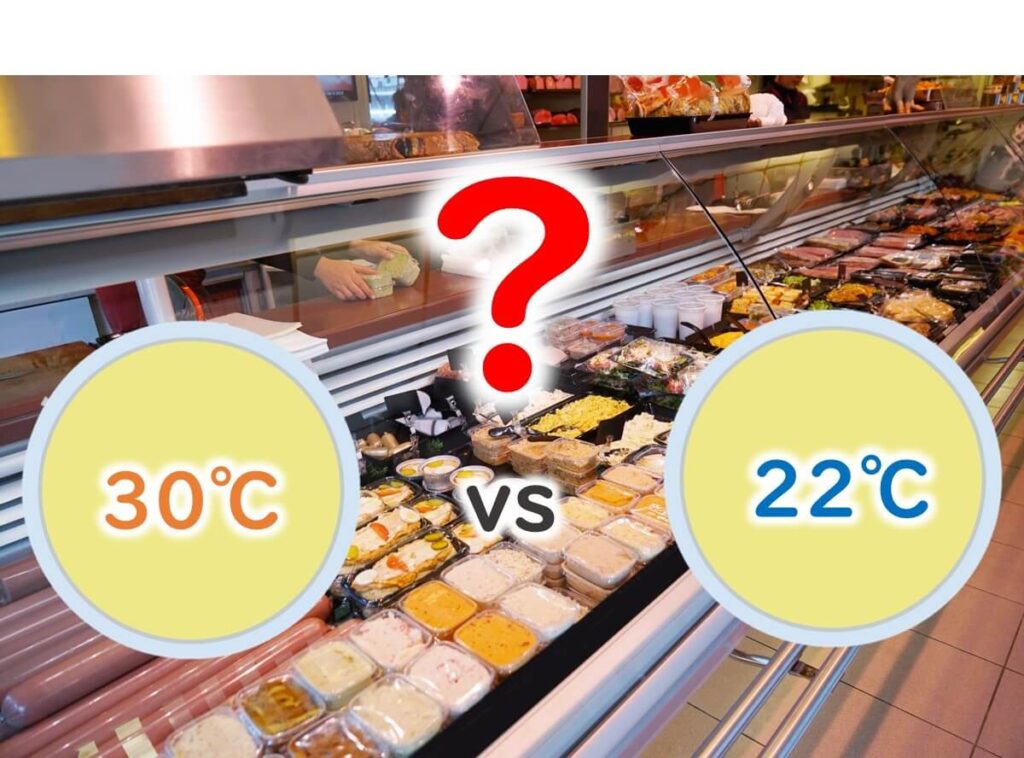
Discoveries by Dr. Pocasos and His Team
TTo address this gap, Dr. Pocasos and his team from Ghent University in Belgium examined the extent to which microorganisms go undetected in various chilled foods when using the ISO method at 30°C.
Total mesophilic counts underestimate in many cases the contamination levels of psychrotrophic lactic acid bacteria (LAB) in chilled-stored food products at the end of their shelf-life
Food Microbiol., 32(2):437-43 (2012)
The study aimed to clarify the involvement of lactic acid bacteria in spoilage phenomena at the end of the shelf life of 86 types of chilled retail foods, including air-, vacuum-, and gas-packed products.
The foods examined ranged from ready-to-eat items and vegetable salads to fresh raw meat, cooked meat products, and composite foods. Aerobic plate counts were compared between plates incubated at 30°C for 72 hours and those incubated at 22°C for 5 days.
While many studies on cold-tolerant bacteria employ incubation conditions such as 7°C for 10 days, Dr. Pocasos and his team chose 22°C based on their experience, believing this temperature would sufficiently measure most cold-tolerant bacteria present in chilled European foods.
Key Findings of the Research
Dr. Pocasos' research revealed that the ISO method for measuring aerobic plate counts substantially underestimates actual microbial contamination levels in chilled foods. The key findings are as follows:
- 38% of the samples showed significantly higher counts on plates incubated at 22°C compared to those at 30°C, with differences ranging from 0.5 to 3 log cfu/g.
- A total of 154 strains of lactic acid bacteria that could not grow at 30°C were isolated.
These results suggest that the ISO method—incubation at 30°C for 72 hours—may lead to an underestimation of microbial contamination, particularly near the end of a chilled food's shelf life.
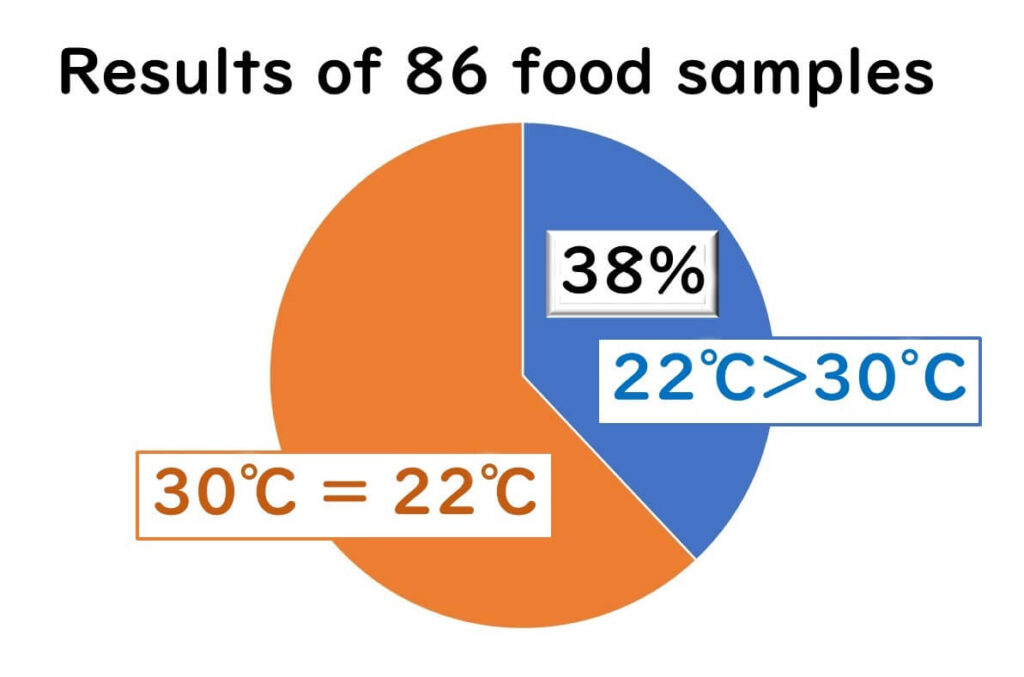
My Take on This Study

What struck me most in this study is how clearly it demonstrates the limitations of the ISO-standard aerobic plate count method when it comes to detecting cold-tolerant spoilage bacteria. From my perspective, the key takeaway is that the commonly used incubation temperature of 30°C is simply too high to capture the full spectrum of psychrotrophic microorganisms present in chilled foods.
This confirms what I’ve long emphasised through my own work measuring foods distributed in Japan. In fact, in Japan, the aerobic plate count is typically measured at an even higher temperature of 35°C for 48 hours, following the US AOAC method. This makes the likelihood of overlooking cold spoilage bacteria even greater. For instance, when measuring fresh fish sold in Japan, I have observed differences in counts exceeding two orders of magnitude.
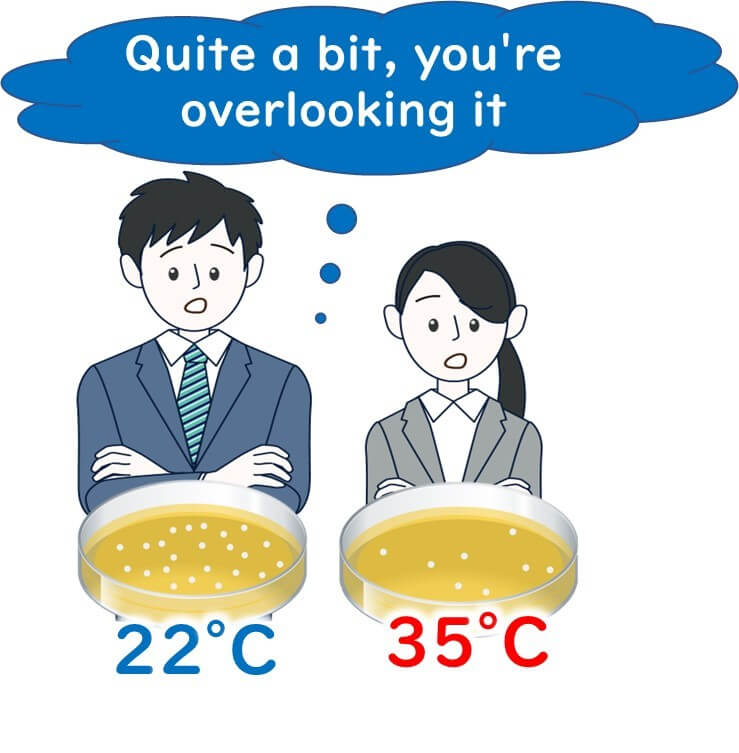
Further Reading
For those who wish to review the fundamentals of aerobic plate count testing around the world, please see the following article:
Navigating International Differences in Standard Plate Count Methods for Food
